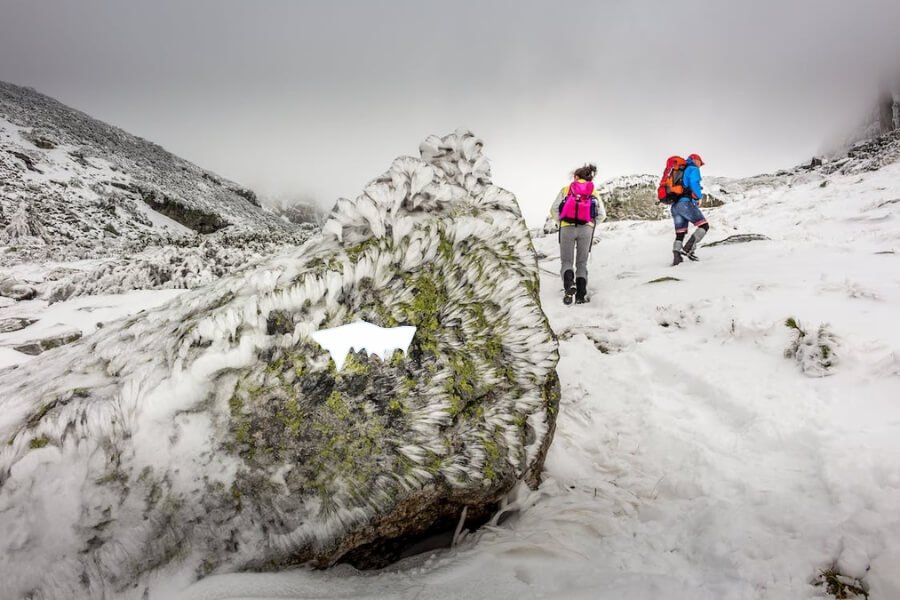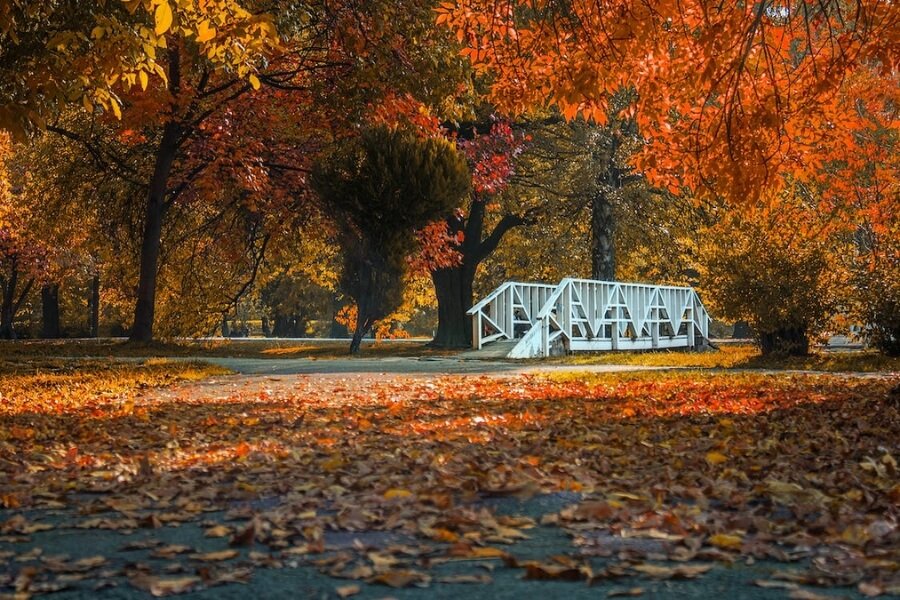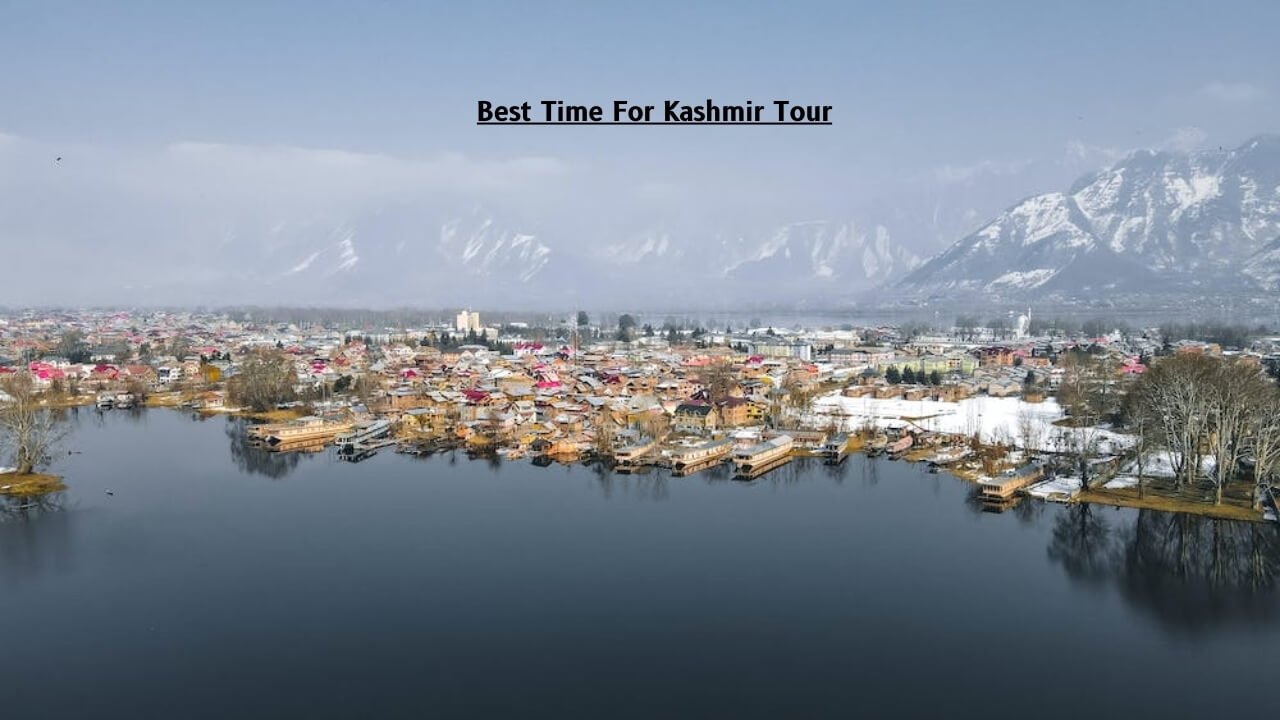Kashmir, often referred to as “Paradise on Earth,” captivates the senses with its unparalleled natural beauty. Nestled in the lap of the majestic Himalayas, this region is a visual symphony of breathtaking landscapes. Towering snow-capped peaks provide a dramatic backdrop to the lush valleys adorned with vibrant flowers, terraced fields, and meandering rivers. The iconic Dal Lake, with its shikaras and houseboats, reflects the surrounding mountains and Mughal gardens like a mirror, creating a scene of tranquil magnificence. Chinar trees, with their distinctive leaves, add a touch of autumnal charm to the scenery. Whether it’s the alpine meadows of Gulmarg, the verdant expanses of Pahalgam, or the historic charm of Srinagar’s old city, every corner of Kashmir boasts a unique facet of beauty. The region’s beauty is not only in its awe-inspiring landscapes but also in the warmth of its people, the rich tapestry of its culture, and the timeless charm that makes a visit to Kashmir an enchanting and unforgettable experience.
Tourists come to Kashmir valley so they too can witness this ‘heaven on earth’ and enjoy all that it offers. During this period two seasons are covered in Kashmir. Spring (March to early May) and Summer (early May to late August). The blossoms of spring and the cool weather of summer creates the perfect season to visit Kashmir during this time. The beauty is enough to transport you to another realm altogether. Kashmir’s beauty is indeed quite bewitching, and you will want to start making plans for the next trip right away.
In contrast, the monsoon season in Kashmir, from July to September, brings moderate rainfall to the region. While the rain showers may deter some tourists, this time of year offers a unique charm with lush green landscapes and the refreshing scent of wet earth.
Peak Season – Summer
Shoulder Season – Autumn
Low Season – Monsoon
| Travel Season | Min./Max. Temperature | Season |
| March – May | 20-30°C | Pleasantly Warm |
| June – September | 16-30°C | Rainy |
| November – February | 2-11°C | Very Cold |
| October – November | 9-20°C | Mild and Pleasant |
Kashmir In Summer (March To May)

Temperature – During summer, the temperatures are not very high and often don’t exceed a high of 30 to 31°C. The lower temperatures also range around 9 to 15°C.
During the summer months, Kashmir offers a picturesque landscape with its lush green valleys, blooming flowers, and pleasant weather conditions. The region is famous for its stunning natural beauty, and summer is the ideal time to experience it at its best. The valleys come alive with vibrant colors as a multitude of flowers bloom, creating a breathtaking sight. The weather during this time is mild and pleasant, making it perfect for outdoor activities such as trekking, hiking, and exploring the scenic beauty of the region.
Why you should visit now: Kashmir in summer unfolds as a paradise on Earth, enticing visitors with its serene beauty and pleasant climate. The valley, surrounded by snow-capped peaks, transforms into a verdant landscape dotted with blooming flowers and lush meadows. The warm weather creates the perfect setting for exploring the region’s diverse offerings, from the iconic Dal Lake to the charming Mughal Gardens. The summer season brings vibrancy to the local markets, bustling with activity and showcasing a rich array of handicrafts, textiles, and spices. Adventure enthusiasts can engage in a myriad of outdoor activities, including trekking, river rafting, and paragliding against the backdrop of breathtaking vistas. The longer days allow for extended exploration of historical sites such as the Shankaracharya Temple and the centuries-old Jamia Masjid. Moreover, summer offers a chance to witness the annual Amarnath Yatra pilgrimage, adding a spiritual dimension to the experience.
Things to know before the visit: Since summer is peak season, be prepared for skyrocketing prices of hotels and other such establishments. Even flight tickets are expensive and since tourism plays a huge role in the economy, everything shoots up during this time, whether it’s the taxi or autos on the road or the shikhara boat rides. Nevertheless, most of these problems can be avoided if you book everything in advance.
Tips: Lightweight, breathable clothing such as cotton shirts, shorts, and dresses are ideal for the daytime. A wide-brimmed hat and sunglasses provide protection from the sun. Kashmir can have cool evenings, so it’s a good idea to carry a light sweater or a shawl for the cooler nights. Comfortable walking shoes or sandals are a must, especially if you plan to explore the beautiful landscapes and scenic trails. Don’t forget sunscreen to shield your skin from the sun’s rays, and a reusable water bottle to stay hydrated in the summer heat.
Kashmir In Monsoon (June To September)

Temperature – During the time, the temperature ranges from lows of 15°C to highs of 30°C.
Although monsoons are considered as an off season or shoulder season in Kashmir, visiting here during the monsoons can be an experience in itself. The warm sunny days of summer are just behind us and the clouds cover the sky often, resulting in showers that cool the earth. The weather is pleasant and comfortable and nearly perfect in many aspects. The monsoon season in Kashmir typically occurs from July to September, with heavy rainfall being a common occurrence. While this may deter some tourists, it is precisely this rainfall that contributes to the vibrant greenery that blankets the entire region. The valleys, meadows, and forests come alive with a burst of life, as flowers bloom in abundance and the air is filled with the sweet fragrance of nature. The lakes and rivers also get replenished, providing a soothing sight and offering opportunities for activities such as boating and fishing.
Moreover, the monsoon season in Kashmir brings a sense of tranquility and peace to the region. The rainfall creates a serene atmosphere, with misty mornings and gentle showers that add to the ethereal beauty of the landscape. The tourist crowds are relatively smaller during this time, allowing visitors to truly immerse themselves in the natural wonders of Kashmir without feeling overwhelmed.
Why you should visit now: There is an onset of rain in July. The monsoon is not very heavy here. So while it may not be popular as the best time to travel Kashmir, but people do visit during this time for off-season discounts on flights and hotels. The valley looks beautiful at this time and you can walk through the meadows and listen to the raindrops. It is indeed a visual treat to visit Kashmir during this period. Apple-picking is a fun and rewarding activity, so ensure you include this is in your itinerary. You might not be able to enjoy winter activities but a monsoon holiday is rewarding in its own way.
Things to know before the visit – Many people prefer to avoid visiting Kashmir during monsoon because the rain might hamper their plans of sightseeing. But it’s always a great idea to check weather forecasts before you leave as not all places are rainy and there’s a good chance you will get to enjoy the many sights here without facing tourist rush.
Tips – Although monsoon is not as cold as winter, it can still be quite chilly for those who are not used to the weather in Kashmir. Although monsoon brings with some humidity as well, you have to bring along your rain gear and other such items such as raincoats, jackets and some sturdy boots.
Kashmir In Winter (November To February)

Temperature: During the time, the temperature ranges from lows of 15°C to highs of 30°C.
One of the most captivating seasons in Kashmir is winter, when the region transforms into a winter wonderland with snow-covered landscapes and a serene atmosphere. The snowfall in winter adds a magical touch to the already breathtaking beauty of Kashmir. The entire valley is blanketed in a pristine white carpet, creating a picturesque scenery that is a treat for the eyes. The snow-capped mountains, frozen lakes, and glistening pine trees create a surreal environment that attracts tourists from all over the world. Apart from the mesmerizing beauty, winter in Kashmir also offers a plethora of activities for visitors to indulge in.
Why you should visit now: Srinagar tends to be colder than Jammu but people still come here nonetheless. Of course, December and January might actually get very cold for non-locals to feel comfortable but otherwise, Kashmir in December has everything dreamy written all over it. The Pir-Panjal range is also covered with snow completely, making for an enchanting sight. Winter is also the time when winter sports such as skiing and snowboarding really takes off. There are also cable car rides that are stunning and unforgettable. The sea of white in Gulmarg can be most wonderful if you’re secretly a snow queen or king at heart.
Things to know before the visit: During the winter season, many activities that are available throughout the rest of the year, like taking tranquil shikhara rides on Dal Lake and exploring the Mughal Gardens, become impractical due to the cold and snow. Don’t be disheartened if you can’t partake in these activities during this time. Instead, winter visits to Kashmir are tailor-made for winter sports enthusiasts and avid trekkers. Keep in mind that since winter is a popular season for visiting the region, both hotel prices and flight tickets tend to be higher. To ensure you get the best rates, it’s advisable to plan and book your package tour well in advance.
Travel Guide: Winter in Kashmir, especially outside of Jammu, can be rather chilly, so it’s imperative to pack adequate warm clothing. Ensure you include essentials such as sweaters, jackets, cozy socks, scarves, mittens, and thermals in your luggage to withstand the cold temperatures.
Kashmir In Autumn (October To November)

Temperature – Kashmir’s brief autumn temperatures range from lows of 9°C to highs of at least 20°C.
Autumn in Kashmir showcases a stunning display of vibrant colors as the leaves of the trees change from green to hues of red, orange, and gold. This season, which typically starts in October and lasts until November, is considered one of the best times to visit Kashmir. . The landscape undergoes a breathtaking transformation as the leaves of Chinar trees and other flora transition into vibrant hues of gold, red, and orange. The crisp air adds to the allure, providing a refreshing escape from the extremes of summer and winter. The iconic Dal Lake, surrounded by majestic mountains, reflects the changing colors of the trees, creating a mesmerizing sight. The famous Mughal Gardens, like Shalimar Bagh and Nishat Bagh, are adorned with a carpet of fallen leaves, enhancing their beauty. Moreover, the saffron fields of Pampore, which bloom during this season, add a touch of elegance to the already captivating scenery.
Why you should visit now – During autumn, places like Srinagar and nearby Dachigam turn into gorgeous sights with the trees turning shades of gold. With weather being reasonably cool and not too cold, many people consider this to be the best time to visit Kashmir. Apple-picking and other harvestings also take place during this time. Kashmir during autumn is indeed magnificent and resplendent with its rich colours.
Things to know before visit: In the autumn season, destinations like Srinagar and the nearby Dachigam region transform into stunning landscapes, as the foliage adorns itself in brilliant shades of gold and amber. With the weather maintaining a pleasant and moderately cool temperature, it’s widely regarded as the prime time for a visit to Kashmir. This season also witnesses the vibrant activities of apple-picking and other harvest-related events. The autumnal beauty of Kashmir is truly captivating, with its vivid and rich color palette on full display.
Tips: If you are planning to visit Kashmir in September or October, your packing list must include warm clothes. In fact, you must include some light woolen clothes like half sleeve sweaters, socks, gloves, warm trousers, warm shirts. as you will need these during mornings and evenings. If you want to visit Pahalgam and Gulmarg, it will be quite cold there, so you must have your heavy woolens with you. Particularly if you are traveling with kids, you must carry full sleeves sweaters, warm jackets, and socks for them.
FAQ’S
Which month is best for Kashmir trip?
March to August is the best time to visit Kashmir, because of the ideal weather during the merging of two seasons – Spring and Summer. Surrounded by natural beauty, Kashmir is a scenic destination that has attracted families, honeymoon couples, and solo travellers from across the globe.
What is the best time to visit Kashmir for snowfall?
If you love the idea of a winter land, covered with snow as far as the eye can see, then you will love visiting in the months from November to February. This is the best time to visit Kashmir for snowfall.
Which month is off season in Kashmir?
Monsoon is considered off-season in Kashmir. It starts in July and lasts till September, with temperatures ranging from 13⁰C to 17⁰C. The weather is warm, with sunny days, and clouds cover the sky, resulting in showers that cool the climate.
What is the best time to visit Gulmarg?
April to June is the peak season to explore places to visit in Gulmarg. It is the best time to visit Gulmarg as Gulmarg weather in May is pleasant, cosy and ideal for outdoor activities. Gulmarg temperature hovers between 15°C to 30°C. Monsoons start from July and continue till September.
When we can see apple in Kashmir?
If you are interested in seeing apple orchards full of juicy red apples visit Kashmir between June to August.
What is the best time to visit Pahalgam?
Pahalgam is a Hills & Mountains destination. The best time to visit Pahalgam is March, April, May and June. Since this is the peak season expect a little crowd during this time. October, November, December, January and February period experiences moderate weather.

